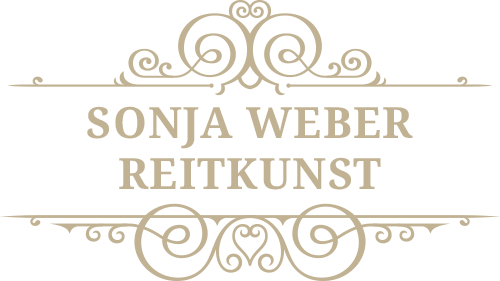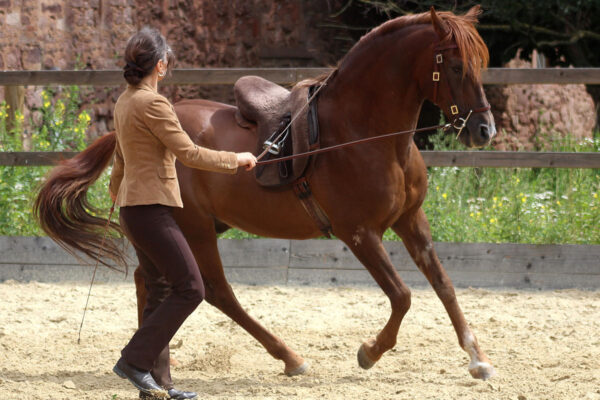Getting access to Sonja’s deep and comprehensive knowledge and understanding of how to school a horse has broadened my horizon significantly, even with regard to my profession. The training methods and aims of the art of riding are intricately connected to methods of healing such as osteopathy and fascial therapy. The art of riding is not only absolutely essential to keeping our horses healthy; it also enables them to fully unfold their inherent brilliance and potential.
“Riding in lightness is not a matter of taste, but a question of meeting certain criteria that are essential to keeping the horse’s body fully functional.” Sonja Weber



